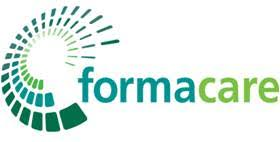Formaldehyde sources, formaldehyde concentrations and air exchange rates in European housings – a study by Salthammer
A literature study was carried out with respect to the release and accumulation of formaldehyde indoors. With reference to representative emission data, exposure scenarios were calculated on the basis of the European Reference Room with the aid of Monte-Carlo methods. Furthermore, data concerning formaldehyde concentrations in indoor and outdoor air, as well as data on air exchange, were collected for the European region. Various permanent, intermitting and temporary emission sources were compared under the specified conditions of the Reference Room. It was thereby necessary to bear in mind that, for example, the emission tests for raw wood-based materials and mineral wool do not take place under realistic conditions, as these products are not applied open in indoor areas. It is demonstrated that coatings and coverings drastically reduce the release of formaldehyde into the room air. Moreover, it becomes clear that the Reference Room concept allows a comparison of emission sources but also greatly overestimates the formaldehyde concentrations in indoor areas when diverse sources are simply added together.
In view of the discussed aspects, as well as taking into account outdoor air conditions and diverse secondary sources, the potential problem of exposure to high formaldehyde concentrations in indoor areas can therefore not be solved through the further tightening of already existing regulations, in particular because peak concentrations and therefore high exposures would remain largely uninfluenced. Due to the fact that formaldehyde is a compound with a threshold effect, this aspect is of considerable importance. Consequently, an appropriate risk management option would be to primarily address the peak concentrations originating from temporary and intermitting sources.
Abstract from Science Direct.com.
Professor Tunga Salthammer is working for the Fraunhofer WKI, Department of Material Analysis and Indoor Chemistry, Bienroder Weg 54E, 38108, Braunschweig, Germany

